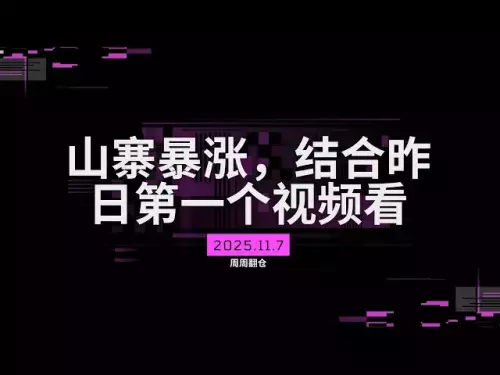-
 bitcoin
bitcoin $102877.190955 USD
1.88% -
 ethereum
ethereum $3430.435064 USD
4.52% -
 tether
tether $0.999264 USD
-0.05% -
 xrp
xrp $2.307310 USD
4.49% -
 bnb
bnb $987.740692 USD
3.82% -
 solana
solana $161.947760 USD
3.97% -
 usd-coin
usd-coin $0.999712 USD
-0.05% -
 tron
tron $0.292810 USD
2.93% -
 dogecoin
dogecoin $0.179738 USD
10.70% -
 cardano
cardano $0.580716 USD
8.75% -
 hyperliquid
hyperliquid $42.463448 USD
8.40% -
 chainlink
chainlink $15.763437 USD
7.05% -
 zcash
zcash $649.595636 USD
17.21% -
 bitcoin-cash
bitcoin-cash $511.610261 USD
7.19% -
 stellar
stellar $0.292537 USD
7.91%
How to back up data in a private chain? Can it be restored after loss?
Backing up private chain data is crucial for maintaining blockchain integrity; methods include full node, incremental, and database backups, each with specific restoration processes.
May 16, 2025 at 12:36 pm
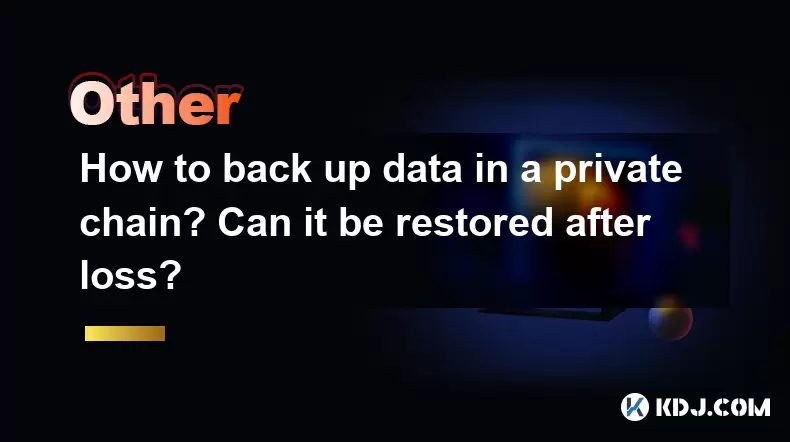
Introduction to Private Chain Data Backup
Backing up data in a private chain is crucial for maintaining the integrity and continuity of your blockchain operations. Private chains, also known as permissioned blockchains, are used by organizations to ensure data privacy and control over network participants. In this article, we will explore the methods for backing up data in a private chain and discuss whether it can be restored after loss.
Understanding Private Chain Data
Before delving into the backup process, it's important to understand what constitutes data in a private chain. Data in a private chain typically includes the blockchain ledger, smart contracts, and node configurations. The blockchain ledger contains all the transactions and blocks, while smart contracts are the self-executing contracts with the terms of the agreement directly written into code. Node configurations manage how nodes interact within the network.
Methods for Backing Up Private Chain Data
There are several methods for backing up data in a private chain. Each method has its own advantages and is suited for different scenarios. Let's explore the most common methods:
Full Node Backup: This method involves backing up the entire blockchain ledger and all associated data. This can be done by copying the data directory of the node to a secure location. Here are the steps to perform a full node backup:
- Stop the node: Ensure that the node is not running to avoid data corruption.
- Locate the data directory: Find the directory where the blockchain data is stored, which is typically specified in the node's configuration file.
- Copy the data directory: Use a secure method to copy the entire directory to an external storage device or a cloud storage solution.
- Verify the backup: After copying, verify the integrity of the backup by checking the hash of the data.
Incremental Backup: This method involves backing up only the changes since the last backup. It is more efficient in terms of storage and time but requires more frequent backups. Steps for an incremental backup include:
- Identify changes: Use tools to identify which files or blocks have changed since the last backup.
- Copy changes: Copy only the identified changes to the backup location.
- Log the backup: Keep a log of what has been backed up and when to maintain a clear record.
Database Backup: If the private chain uses a database to store its data, backing up the database can be an effective method. Steps include:
- Use database tools: Utilize database-specific backup tools to create a snapshot of the database.
- Secure the backup: Store the backup in a secure location, ensuring it is encrypted and protected from unauthorized access.
- Test the backup: Periodically test the backup to ensure it can be restored successfully.
Restoring Data in a Private Chain
Restoring data in a private chain after loss is possible, provided that a proper backup has been maintained. The restoration process depends on the backup method used. Here are the steps for restoring data using different backup methods:
Restoring from a Full Node Backup:
- Prepare a new node: Set up a new node with the same configuration as the original node.
- Copy the backup data: Copy the backed-up data directory to the new node's data directory.
- Start the node: Start the node and verify that it is functioning correctly with the restored data.
Restoring from an Incremental Backup:
- Apply the latest full backup: Start by restoring the most recent full backup.
- Apply incremental backups: Apply each incremental backup in the order they were created.
- Verify the restoration: Ensure that all data has been correctly restored and the node is operational.
Restoring from a Database Backup:
- Restore the database: Use the database-specific tools to restore the database from the backup.
- Reconfigure the node: Ensure that the node is configured to use the restored database.
- Test the node: Run tests to confirm that the node is functioning with the restored data.
Ensuring Data Integrity and Security
When backing up and restoring data in a private chain, ensuring data integrity and security is paramount. Here are some best practices to follow:
- Encryption: Always encrypt your backups to protect them from unauthorized access. Use strong encryption algorithms and securely store the encryption keys.
- Regular Backups: Perform regular backups to minimize data loss in case of a failure. The frequency of backups should be based on the rate of data change and the criticality of the data.
- Off-site Storage: Store backups in multiple locations, including off-site storage, to protect against physical damage or loss at the primary location.
- Access Control: Implement strict access controls to ensure that only authorized personnel can access the backups.
Testing and Validation
Testing and validation are critical steps in the backup and restoration process. Regularly test your backups to ensure they are complete and can be restored successfully. Here are some steps to follow:
- Schedule Regular Tests: Set a schedule for testing backups, such as monthly or quarterly, depending on the criticality of the data.
- Simulate Data Loss: Simulate data loss scenarios to test the restoration process under realistic conditions.
- Validate Data: After restoration, validate the data to ensure it matches the original data and that no corruption has occurred.
Frequently Asked Questions
Q: Can I use cloud storage for backing up my private chain data?A: Yes, cloud storage can be used for backing up private chain data. Ensure that the cloud storage provider offers strong encryption and security features to protect your data. Additionally, consider using multiple cloud storage providers to mitigate the risk of data loss due to provider-specific issues.
Q: How often should I back up my private chain data?A: The frequency of backups depends on the rate of data change and the criticality of the data. For highly active private chains, daily backups may be necessary, while less active chains might require weekly or monthly backups. It's important to balance the frequency of backups with the resources available for storage and management.
Q: What should I do if my private chain data is corrupted?A: If your private chain data is corrupted, first attempt to restore from the most recent backup. If the backup is also corrupted, you may need to revert to an earlier backup. It's crucial to have multiple backups and to regularly test them to ensure their integrity. If corruption persists, consider seeking professional assistance to diagnose and resolve the issue.
Q: Can I automate the backup process for my private chain?A: Yes, the backup process for a private chain can be automated using scripts and scheduling tools. Automation can help ensure that backups are performed regularly and consistently. Use tools like cron jobs on Unix-based systems or Task Scheduler on Windows to automate the backup process. Ensure that the automation includes verification steps to confirm the integrity of the backups.
Disclaimer:info@kdj.com
The information provided is not trading advice. kdj.com does not assume any responsibility for any investments made based on the information provided in this article. Cryptocurrencies are highly volatile and it is highly recommended that you invest with caution after thorough research!
If you believe that the content used on this website infringes your copyright, please contact us immediately (info@kdj.com) and we will delete it promptly.
- Ripple (XRP) in 2026: Hold or Fold? A Look at XRP's Future and Emerging DeFi Alternatives
- 2025-11-08 18:35:01
- Zcash ZEC Coin Price Explosion: From Privacy Niche to Center Stage
- 2025-11-08 18:55:01
- Berachain Price Prediction: Navigating the Honeycomb Hype in Crypto
- 2025-11-08 18:55:01
- Arthur Hayes, Gold, and Bitcoin: A Modern Monetary Trinity?
- 2025-11-08 19:15:01
- Shiba Inu's Next Move: Navigating a Shifting Market
- 2025-11-08 19:20:01
- Pakistan's Crypto Crossroads: Balancing Opportunity with Asset-Backed Realities
- 2025-11-08 19:20:01
Related knowledge
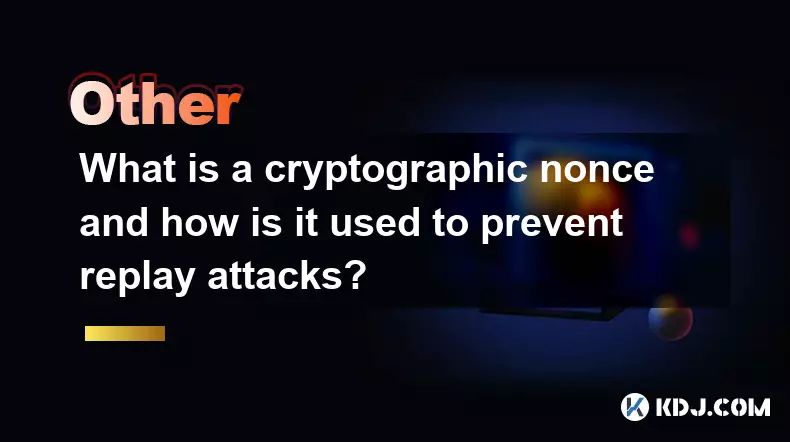
What is a cryptographic nonce and how is it used to prevent replay attacks?
Nov 08,2025 at 05:00pm
Understanding Cryptographic Nonces in Blockchain Systems1. A cryptographic nonce is a number used only once within a specific cryptographic communicat...
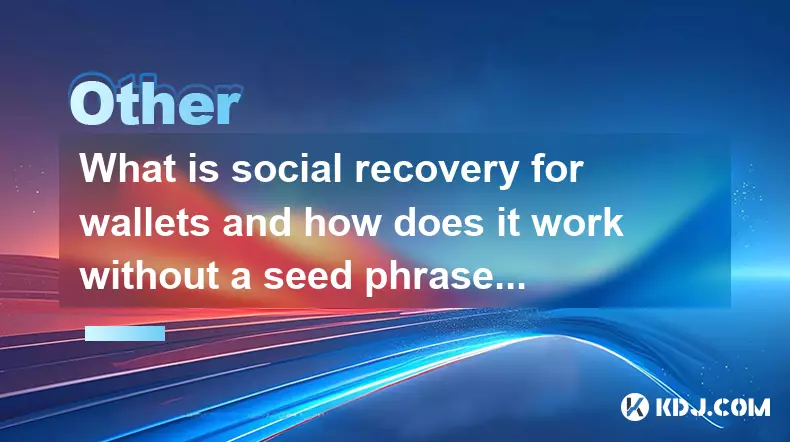
What is social recovery for wallets and how does it work without a seed phrase?
Nov 08,2025 at 08:39am
Social Recovery in Cryptocurrency Wallets1. Social recovery is a mechanism designed to help users regain access to their cryptocurrency wallets withou...
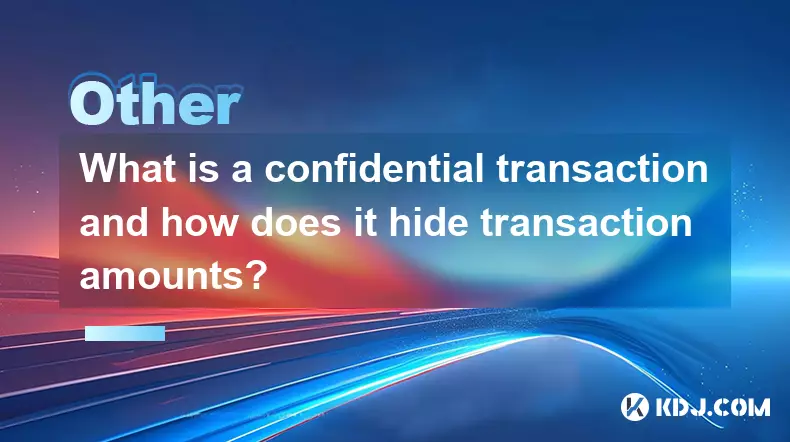
What is a confidential transaction and how does it hide transaction amounts?
Nov 08,2025 at 07:19pm
Understanding Confidential Transactions in Cryptocurrency1. Confidential transactions are a cryptographic method used in certain blockchain networks t...
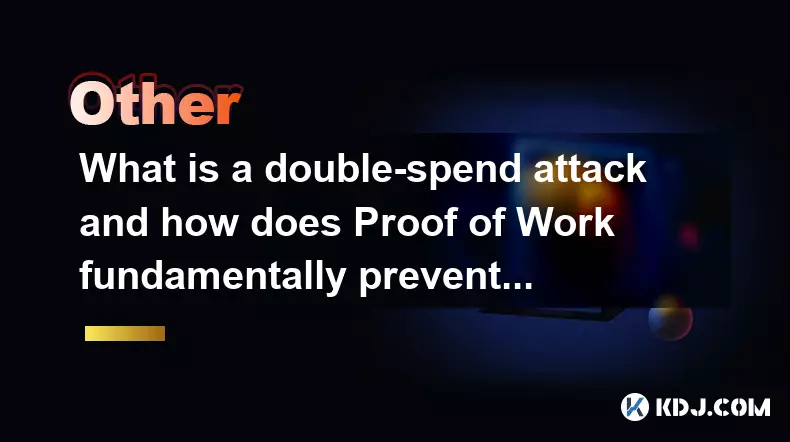
What is a double-spend attack and how does Proof of Work fundamentally prevent it?
Nov 08,2025 at 08:19pm
Understanding the Double-Spend Problem in Cryptocurrencies1. In digital cash systems, a fundamental challenge arises when a user attempts to spend the...
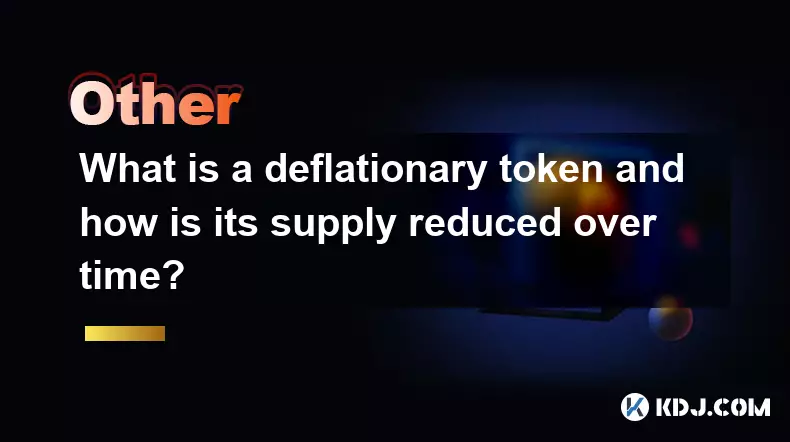
What is a deflationary token and how is its supply reduced over time?
Nov 08,2025 at 04:19pm
Understanding Deflationary Tokens in the Cryptocurrency EcosystemA deflationary token is a type of cryptocurrency designed to decrease in supply over ...
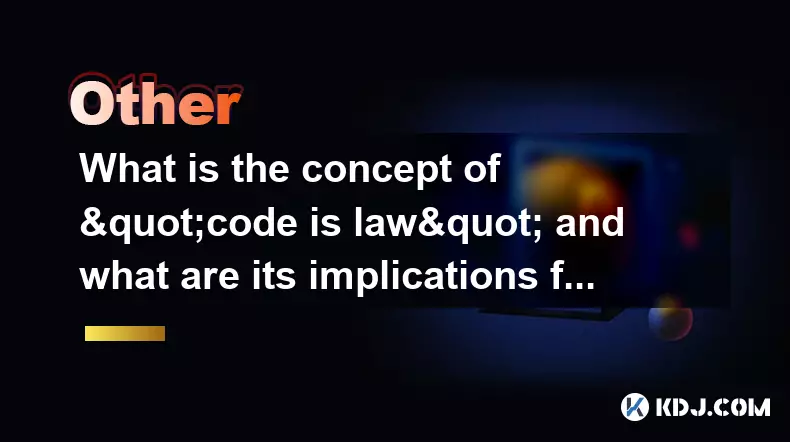
What is the concept of "code is law" and what are its implications for smart contracts?
Nov 08,2025 at 12:59pm
Understanding the Concept of 'Code is Law'1. The phrase 'code is law' originates from the cypherpunk and early blockchain communities, emphasizing tha...

What is a cryptographic nonce and how is it used to prevent replay attacks?
Nov 08,2025 at 05:00pm
Understanding Cryptographic Nonces in Blockchain Systems1. A cryptographic nonce is a number used only once within a specific cryptographic communicat...

What is social recovery for wallets and how does it work without a seed phrase?
Nov 08,2025 at 08:39am
Social Recovery in Cryptocurrency Wallets1. Social recovery is a mechanism designed to help users regain access to their cryptocurrency wallets withou...

What is a confidential transaction and how does it hide transaction amounts?
Nov 08,2025 at 07:19pm
Understanding Confidential Transactions in Cryptocurrency1. Confidential transactions are a cryptographic method used in certain blockchain networks t...

What is a double-spend attack and how does Proof of Work fundamentally prevent it?
Nov 08,2025 at 08:19pm
Understanding the Double-Spend Problem in Cryptocurrencies1. In digital cash systems, a fundamental challenge arises when a user attempts to spend the...

What is a deflationary token and how is its supply reduced over time?
Nov 08,2025 at 04:19pm
Understanding Deflationary Tokens in the Cryptocurrency EcosystemA deflationary token is a type of cryptocurrency designed to decrease in supply over ...

What is the concept of "code is law" and what are its implications for smart contracts?
Nov 08,2025 at 12:59pm
Understanding the Concept of 'Code is Law'1. The phrase 'code is law' originates from the cypherpunk and early blockchain communities, emphasizing tha...
See all articles




















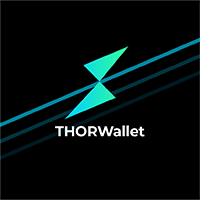
![The Graph Price Prediction [GRT Crypto Price News Today] The Graph Price Prediction [GRT Crypto Price News Today]](/uploads/2025/11/07/cryptocurrencies-news/videos/690d4df44fe69_image_500_375.webp)



